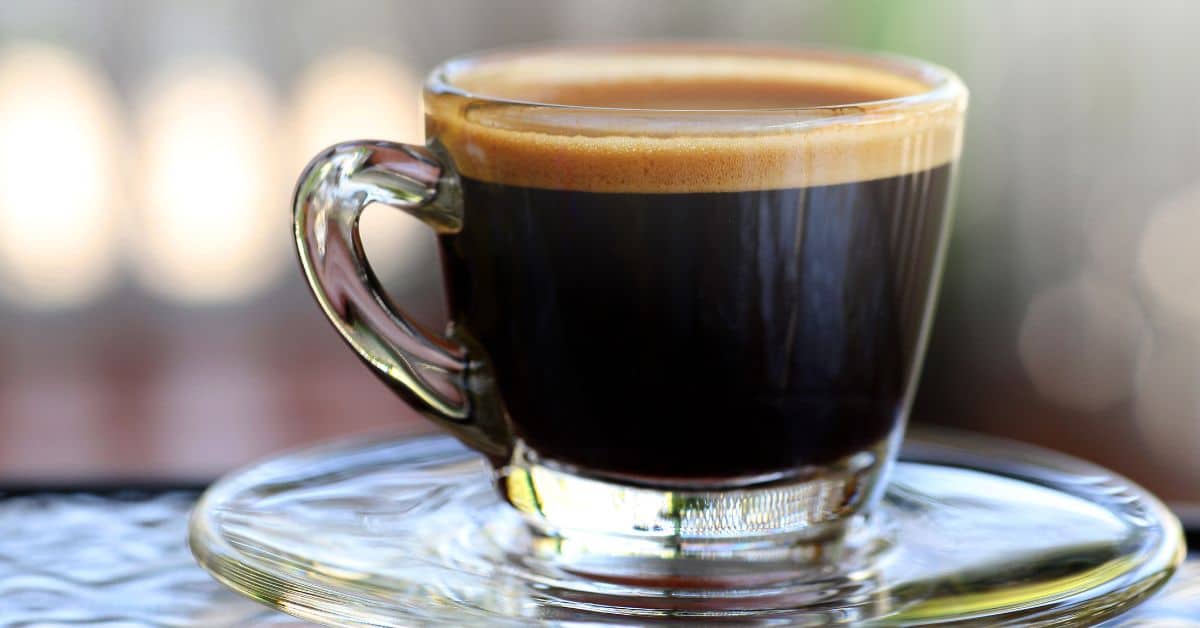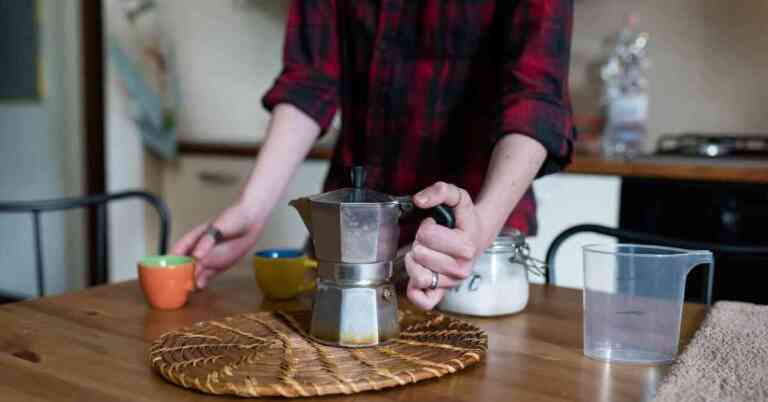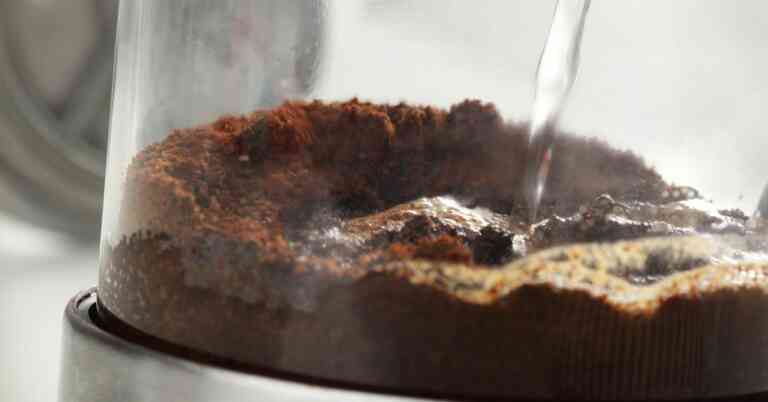Sipping on Simplicity: How to Make Espresso at Home Without a Machine
Making espresso is an art form that requires precision and skill. However, not everyone has access to an espresso machine or the resources to purchase one.
Fortunately, you can still enjoy a rich and flavorful espresso shot from the comfort of your own home without the need for a machine.
In this article, I will guide you through the process of making espresso without a machine and provide you with tips and tricks to ensure that your espresso shots are perfect every time.
To make espresso without a machine, you will need to understand the basics of espresso and have the necessary ingredients and tools on hand.
Understanding the science behind espresso and the role that each ingredient and tool plays in the process is crucial to achieving a delicious shot.
With the right knowledge and preparation, you can create a high-quality espresso shot that rivals those made with a machine.
In this step-by-step guide, I will walk you through the process of making espresso without a machine, from preparing the necessary ingredients to pulling the perfect shot.
Along the way, I will share tips and tricks to help you avoid common mistakes and ensure that your espresso is rich, flavorful, and perfectly balanced.
So, let’s get started and learn how to make espresso without a machine.
Understanding Espresso

Espresso is a concentrated coffee beverage that originated in Italy. It is made by forcing hot water through finely ground coffee beans under high pressure.
The result is a thick, creamy, and flavorful shot of coffee that can be enjoyed on its own or used as the base for other coffee drinks like lattes and cappuccinos.
To make espresso at home without a machine, you will need to understand the key elements of the process: the coffee beans, the grind, the water, and the pressure.
First, choose high-quality coffee beans that are specifically roasted for espresso. Look for beans that are labeled as “espresso roast” or “Italian roast” for the best results.
Next, grind the beans to a fine consistency. A good rule of thumb is to use two tablespoons of coffee for every six ounces of water.
If your coffee is too coarse, the water will pass through too quickly and you will end up with a weak shot.
If it is too fine, the water will not be able to pass through and you will end up with a clogged filter.
When it comes to water, use filtered water that is heated to just below boiling point.
The ideal temperature for brewing espresso is between 195°F and 205°F. Too hot or too cold water can affect the taste and quality of your espresso shot.
Finally, apply pressure to the coffee grounds to extract the coffee concentrate. You can use a French press, a stovetop espresso maker, or even a simple moka pot.
Whatever method you choose, make sure to follow the instructions carefully to ensure that you are applying the right amount of pressure for the right amount of time.
By understanding these key elements of the espresso-making process, you can make a delicious shot of espresso at home without the need for an expensive machine.
Necessary Ingredients
Coffee Beans
To make espresso without a machine, you’ll need to start with high-quality coffee beans.
Look for beans that are specifically labeled as espresso roast, as they are typically roasted darker and have a richer flavor profile. Some popular options include:
You can also try experimenting with different blends and origins to find your favorite flavor profile.
Just be sure to grind the beans right before brewing to ensure maximum freshness and flavor.
Water
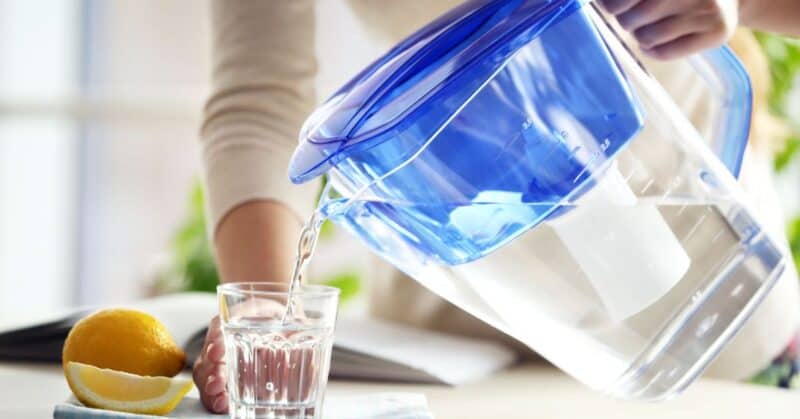
Water is another key ingredient in making espresso at home. You’ll want to use filtered water to ensure that there are no impurities that could affect the taste of your coffee.
Additionally, the water should be heated to the appropriate temperature, which is around 200°F.
One easy way to heat water to the right temperature is to use an electric kettle with a temperature control feature.
Alternatively, you can heat the water in a pot on the stove and use a thermometer to monitor the temperature.
That’s it for the necessary ingredients! With high-quality coffee beans and clean, hot water, you’re well on your way to making delicious espresso at home without a machine.
Tools Needed
Coffee Grinder
To make espresso without a machine, you will need a coffee grinder to grind the coffee beans finely.
A burr grinder is recommended, as it produces a consistent grind size. If you don’t have a coffee grinder, you can purchase pre-ground espresso beans from a local coffee shop or online.
Related: If you don’t have a proper coffee grinder don’t worry. See our guide on how to grind coffee beans without a grinder for some help.
Stovetop Kettle
A stovetop kettle is necessary to heat water for making espresso. You can use any type of kettle, but a stovetop kettle is recommended as it allows you to control the temperature of the water more easily.
Metal Sieve
A metal sieve is needed to strain the coffee grounds from the water. A fine-mesh sieve is recommended to ensure that no coffee grounds end up in the final product.
Saucepan
A saucepan is necessary to heat the water and mix it with the coffee grounds. Any size of saucepan will work, but a smaller one is recommended as it will help to maintain a consistent temperature.
That’s it for the tools needed to make espresso without a machine. With these tools, you’re ready to start brewing your own espresso at home.
Step-by-Step Guide
1) Grinding the Coffee Beans
To make espresso without a machine, the first step is to grind the coffee beans. I recommend using a burr grinder for the best results.
Grind the beans to a fine consistency, similar to table salt. You will need about 7 grams of coffee for a single shot of espresso.
2) Boiling the Water
Next, boil water in a pot or kettle. The water should be just below boiling point, around 200°F or 93°C.
If you don’t have a thermometer, you can bring the water to a boil and then let it cool for a minute or two.
3) Mixing Coffee and Water
Once the water is ready, put the ground coffee into a small cup or container. Pour the hot water over the coffee, making sure to cover all the grounds.
Stir the mixture for about 30 seconds to ensure that the coffee is fully saturated.
4) Filtering the Mixture
After stirring, let the mixture sit for a few minutes to allow the coffee to steep. Then, place a fine-mesh sieve or coffee filter over another cup or container.
Slowly pour the coffee mixture through the sieve or filter, using a spoon to press down on the grounds to extract as much liquid as possible.
And that’s it! You now have a delicious shot of espresso made without a machine.
Tips for Making Espresso at Home
Making espresso at home without a machine can be challenging, but with the right technique and tools, it’s possible to achieve a delicious and satisfying cup of espresso.
Here are some tips to help you make the perfect espresso at home:
Use Freshly Roasted Beans
The key to a great espresso is using fresh, high-quality beans. Look for beans that have been roasted within the past two weeks and are labeled as espresso or dark roast.
Avoid pre-ground coffee as it loses its flavor quickly. Instead, grind your beans just before brewing for the freshest taste.
Grind Your Beans Correctly
The grind size is crucial for making espresso. If the grind is too coarse, the water will pass through too quickly, resulting in a weak and watery espresso.
If the grind is too fine, the water will not pass through at all, resulting in a clogged filter. Aim for a fine grind that resembles table salt.
Use the Right Amount of Coffee
The standard ratio for making espresso is 1:2, which means one part coffee to two parts water.
For a single shot of espresso, use 7-8 grams of coffee and 14-16 grams of water. For a double shot, use 14-16 grams of coffee and 28-32 grams of water.
Adjust the amount of coffee and water to your taste preference.
Use Filtered Water
The quality of water used can affect the taste of your espresso. Use filtered water to remove impurities and improve the flavor of your espresso.
Preheat Your Cups
Preheating your cups can help maintain the temperature of your espresso and improve the overall flavor. Simply rinse your cups with hot water before brewing.
Practice Makes Perfect
Making espresso without a machine takes practice and patience. Don’t be discouraged if your first few attempts are not perfect.
Keep practicing and adjusting your technique until you find the perfect balance of grind size, amount of coffee, and water temperature.
By following these tips, you can make a delicious cup of espresso at home without a machine.
Common Mistakes to Avoid
When making espresso at home without a machine, there are a few common mistakes that many people make. Here are some things to avoid:
Using the Wrong Type of Coffee
One of the most important things to consider when making espresso is the type of coffee you use.
You should always use freshly roasted coffee beans that are specifically labeled as espresso beans.
Regular coffee beans will not give you the same rich, bold flavor that espresso beans will.
Grinding the Coffee Too Fine or Too Coarse
The grind of your coffee is also crucial when making espresso. If the coffee is ground too fine, it can cause the water to not flow through the coffee properly, resulting in a bitter taste.
On the other hand, if the coffee is ground too coarse, the water will flow through too quickly, resulting in a weak and watery espresso shot. It’s important to find the right grind for your specific brewing method.
Using Water That’s Too Hot or Too Cold
The temperature of the water you use to make espresso is also important. If the water is too hot, it can scorch the coffee, resulting in a burnt taste.
If the water is too cold, the coffee won’t extract properly, resulting in a weak and watery espresso shot.
The ideal temperature for brewing espresso is between 195 and 205 degrees Fahrenheit.
Not Tamping the Coffee
Tamping is the process of compressing the coffee grounds into a puck shape before brewing.
If the coffee is not tamped properly, it can cause the water to flow through too quickly, resulting in a weak and watery espresso shot.
On the other hand, if the coffee is tamped too hard, it can cause the water to not flow through at all, resulting in a burnt taste.
By avoiding these common mistakes, you can make a delicious espresso at home without a machine.
Conclusion
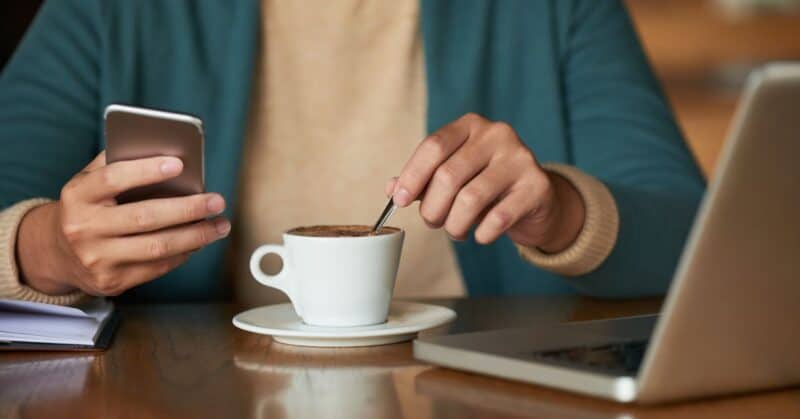
In conclusion, making espresso without a machine at home is possible and can be done with a few simple tools and ingredients.
By following the steps outlined in this article, you can enjoy a delicious cup of espresso without having to invest in an expensive machine.
One important thing to keep in mind is that the quality of your espresso will depend on the quality of your ingredients.
It’s important to use freshly roasted and ground coffee beans for the best flavor. Additionally, using filtered water can also improve the taste of your espresso.
Another key factor in making espresso without a machine is the method you choose.
While the stovetop method is the most popular, there are other methods you can try, such as the French press or the AeroPress.
Related: For more info on these 2 methods, see our Aeropress vs French Press comparison post.
Experimenting with different methods can help you find the one that works best for you.
Finally, it’s important to remember that making espresso without a machine requires patience and practice.
It may take a few tries to get the perfect cup, but with time and practice, you’ll be able to make delicious espresso at home without a machine.

